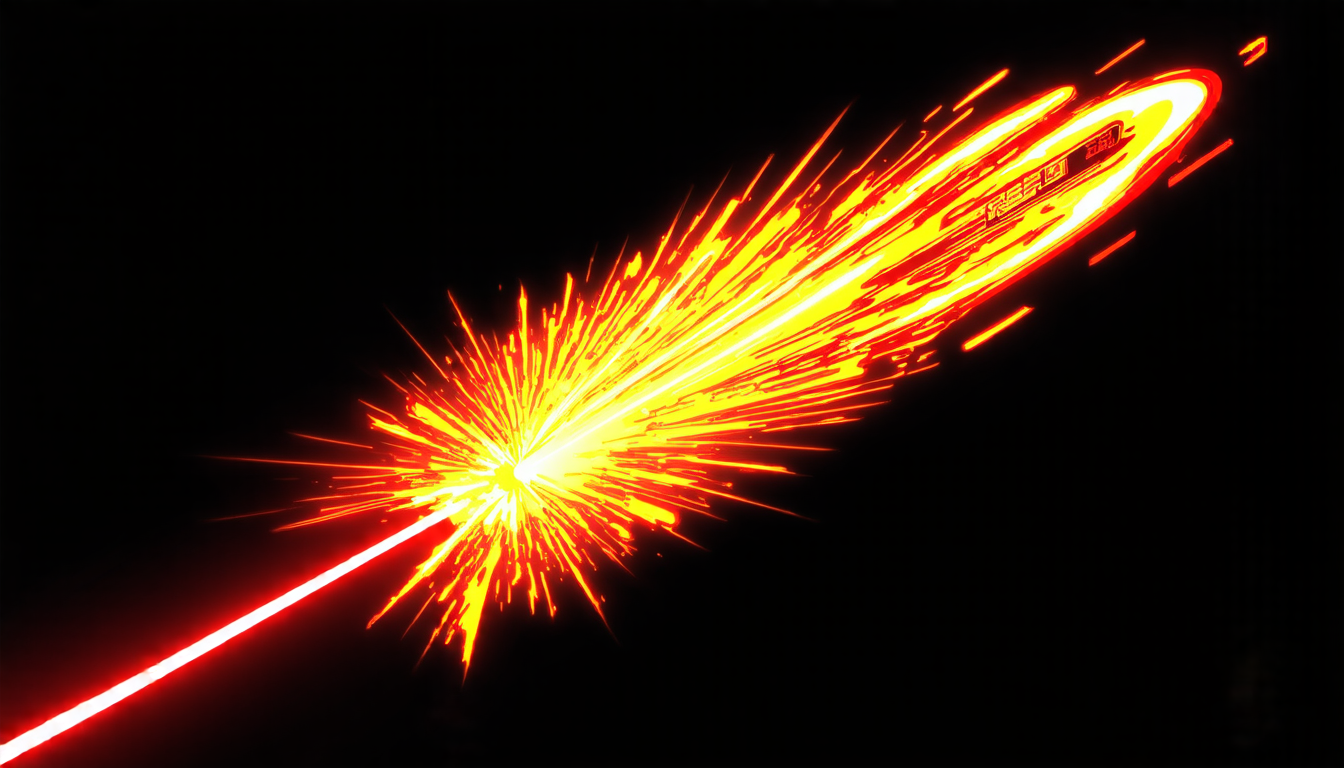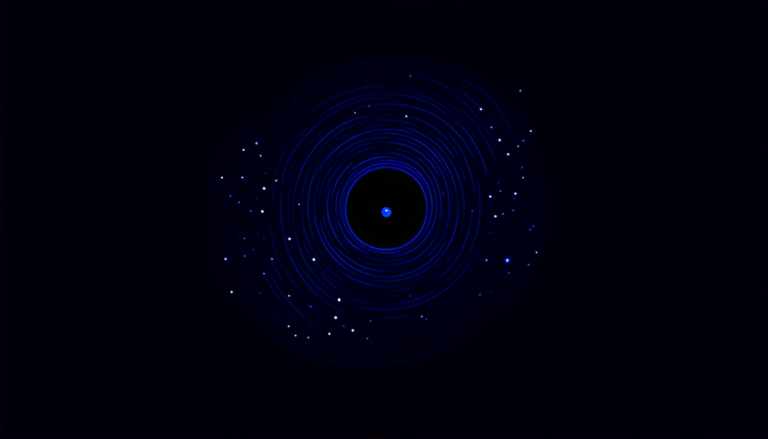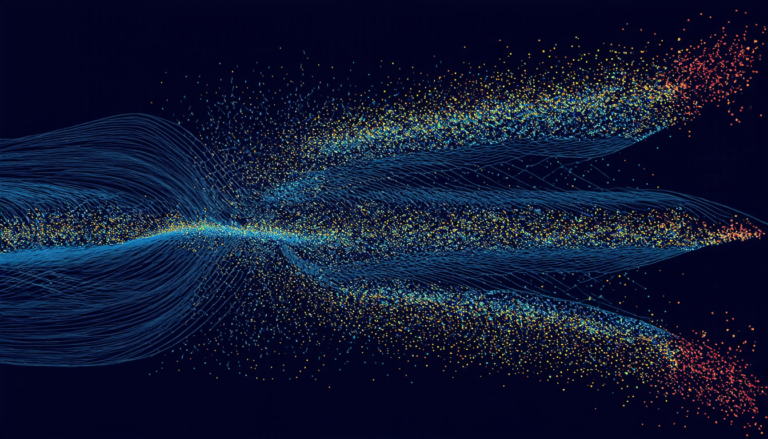Saturday 05 April 2025
Scientists have made a significant breakthrough in the field of laser-wakefield acceleration, a technique that has the potential to revolutionize the way we accelerate particles to high speeds. By using a unique combination of structured light and a specially designed mirror, researchers have been able to generate a wakefield – a region of space where charged particles can be accelerated – with unprecedented properties.
The technique relies on the principle of laser-wakefield acceleration, which involves using an intense laser pulse to create a plasma wave in a gas. This wave can then be used to accelerate charged particles, such as electrons or ions, to high speeds. However, traditional methods for creating these wakefields have limitations, including the need for extremely high-powered lasers and the difficulty of controlling the properties of the wakefield.
The new approach, developed by researchers at the Weizmann Institute of Science in Israel and the Laboratoire d’Optique Appliquée in France, uses a unique combination of structured light and a specially designed mirror to create a wakefield with unprecedented properties. Structured light refers to light that has been shaped or manipulated to have specific properties, such as intensity patterns or polarization.
The team used an axiparabola – a type of mirror that can focus the laser pulse over a long distance – to shape the structured light and create the wakefield. This allowed them to generate a wakefield with a unique combination of properties, including high intensity and precise control over its spatial distribution.
To demonstrate the potential of this new approach, the researchers used it to accelerate electrons to high speeds. They found that the accelerated electrons had a higher energy than those produced by traditional methods, and were more precisely controlled in terms of their spatial distribution.
The implications of this breakthrough are significant. Laser-wakefield acceleration has the potential to revolutionize the way we accelerate particles to high speeds, enabling applications such as particle colliders, medical treatments, and advanced materials testing. The new approach could also be used to create more precise control over the properties of accelerated particles, allowing for even more advanced applications.
The researchers are already working on scaling up their technique to larger facilities, with the goal of achieving even higher energies and more precise control over the accelerated particles. With further development, this breakthrough has the potential to open up new avenues in fields such as physics, medicine, and materials science.
Cite this article: “Unveiling the Secrets of Laser Wakefield Acceleration: A Breakthrough in Particle Physics?”, The Science Archive, 2025.
Laser-Wakefield Acceleration, Particle Acceleration, Plasma Wave, Structured Light, Axiparabola Mirror, Electron Acceleration, High-Speed Particles, Precise Control, Advanced Materials Testing, Particle Colliders.







